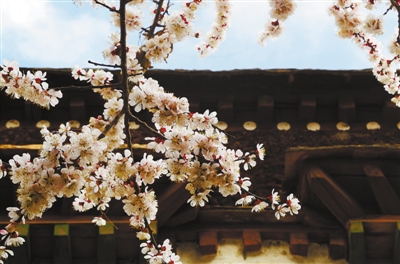A mysterious area on China-Nepal border
Snow mountains, meadows or rugged wilderness may be the only impression for many people who have never visited Tibet before. In fact, the Qinghai-Tibet Plateau offers a more diverse range of scenery, one of which is the rarely-mentioned dense forests and colorful flowers in southern Tibet.

The Padlkhud Tso Lake.
Gyirong Port is one of the largest land ports to Nepal in the history of Tibet. Due to its location in the southern valley of the Himalayas, and the relatively low altitude, it has plenty of rainfall. Colorful peony flowers could be seen everywhere at the end of April. The local peony trees, as tall as two meters, are rarely seen elsewhere.
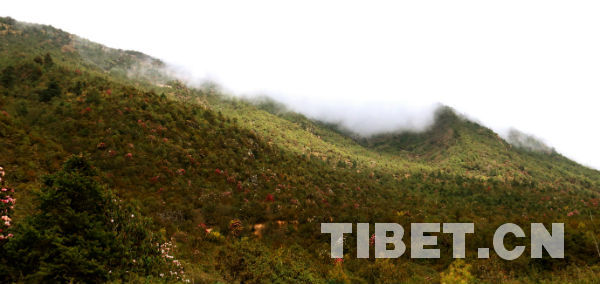
Colorful peony flowers are in full blossom.
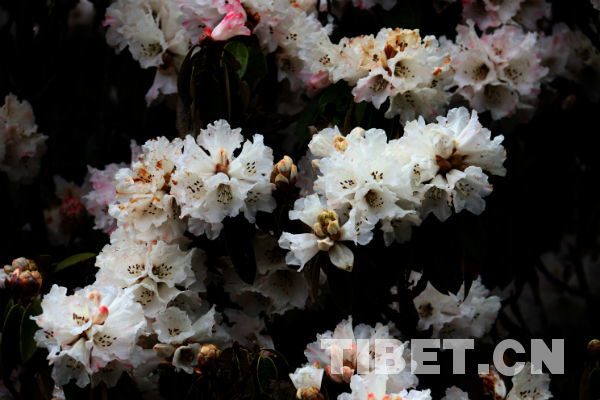
Colorful peony flowers are in full blossom.
When the northern part of the Qinghai-Tibet Plateau is still in withered season, villages in Gyirong have ushered in spring.
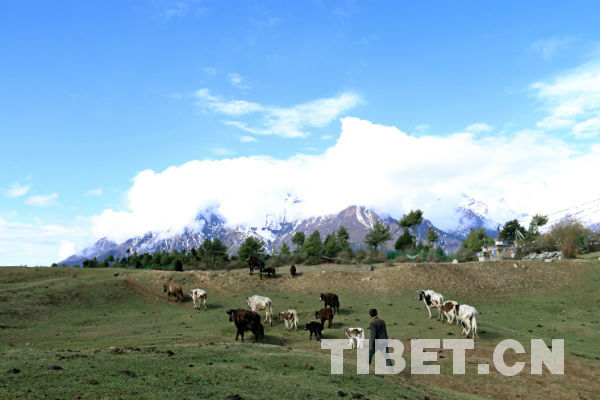
The Gyirongnai Village.
The unique geography not only gifts Gyirong with amazing sights, but also makes the area a critical junction for economic and cultural exchanges. Historically, Gyirong was a hotly contested spot.

Laba, a villager of Gyirongzha Village, whose clothing and accessories feature a lot of Nepalese elements.
During the Qianlong period of the Qing Dynasty, the Gao Rakkha (a Nepalese regime) colluded with the Living Buddhas in Tibet and occupied Gyirong and other areas before looting Shigatze, the capital of inner-Tibet, endangering the region's safety.
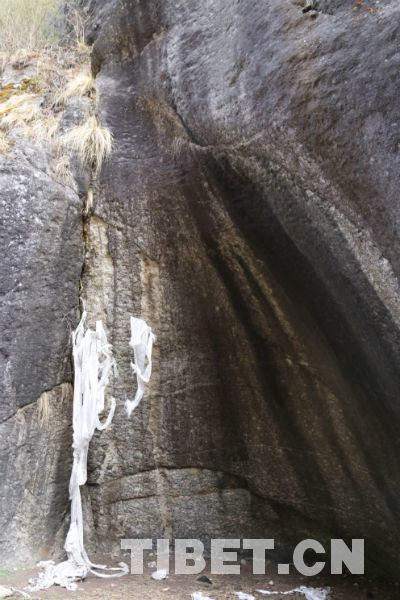
Remains of the Gao Rakkha military encampment.
Emperor Qianlong dispatched General Fuk'anggan to Tibet, who had "seven battles and seven victories" in Gyirong and other places. When General Fuk'anggan's troops reached Kathmandu, Gao Rakkha admitted defeat.
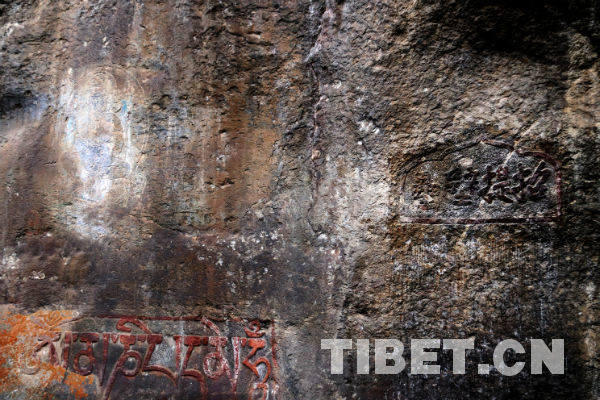
The cliff where General Fuk'anggan inscribed to commemorate the victory over Gao Rakkha and once an important stronghold for the Gao Rakkha troops.
After the battle, Emperor Qianlong adjusted his Tibet-ruling policies and released The Authorized Regulations for the Better Governing of Tibet, which regulate that the Tibet-stationed minister need to be involved in local governance, and the reincarnation of eminent Living Buddhas need to be chosen by drawing lots in a golden urn and approved by the central government, strengthening the central government's governance over Tibet.
Your Comment
Name E-mailRelated News
More >>-
;
-
-
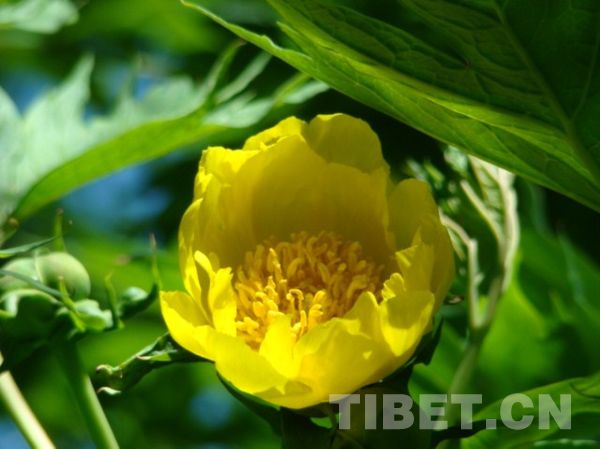
-
World's largest group of wild yellow peony found i
The world's largest group of yellow peony was recently discovered in Tsagong Valley, Mailing County, the only place in Tibet where wild yellow peony grows.
-
-
-
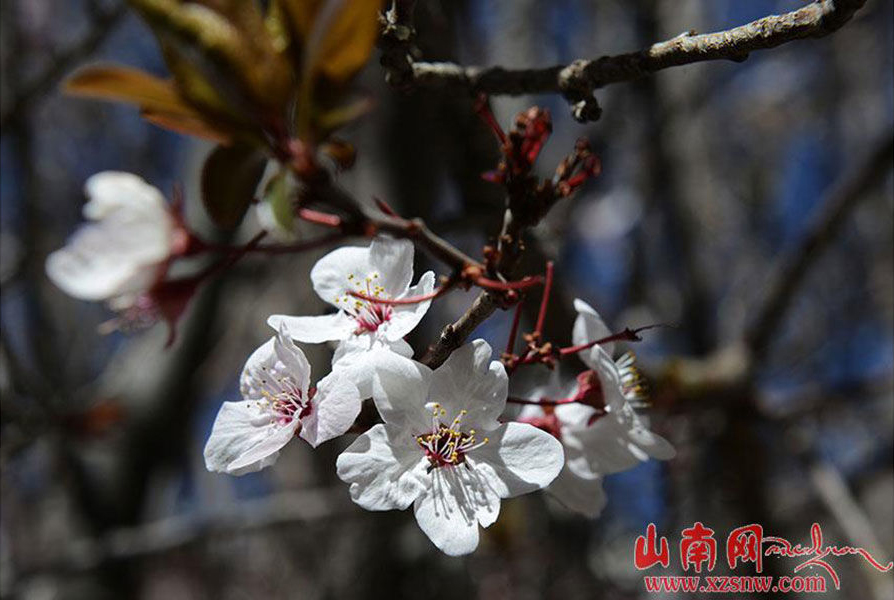
-
Spring scenery in Lhoka, Tibet
In April, the peach blossoms are in full blossom in Tsethang District of Lhoka, southwest China's Tibet Autonomous Region.
-


